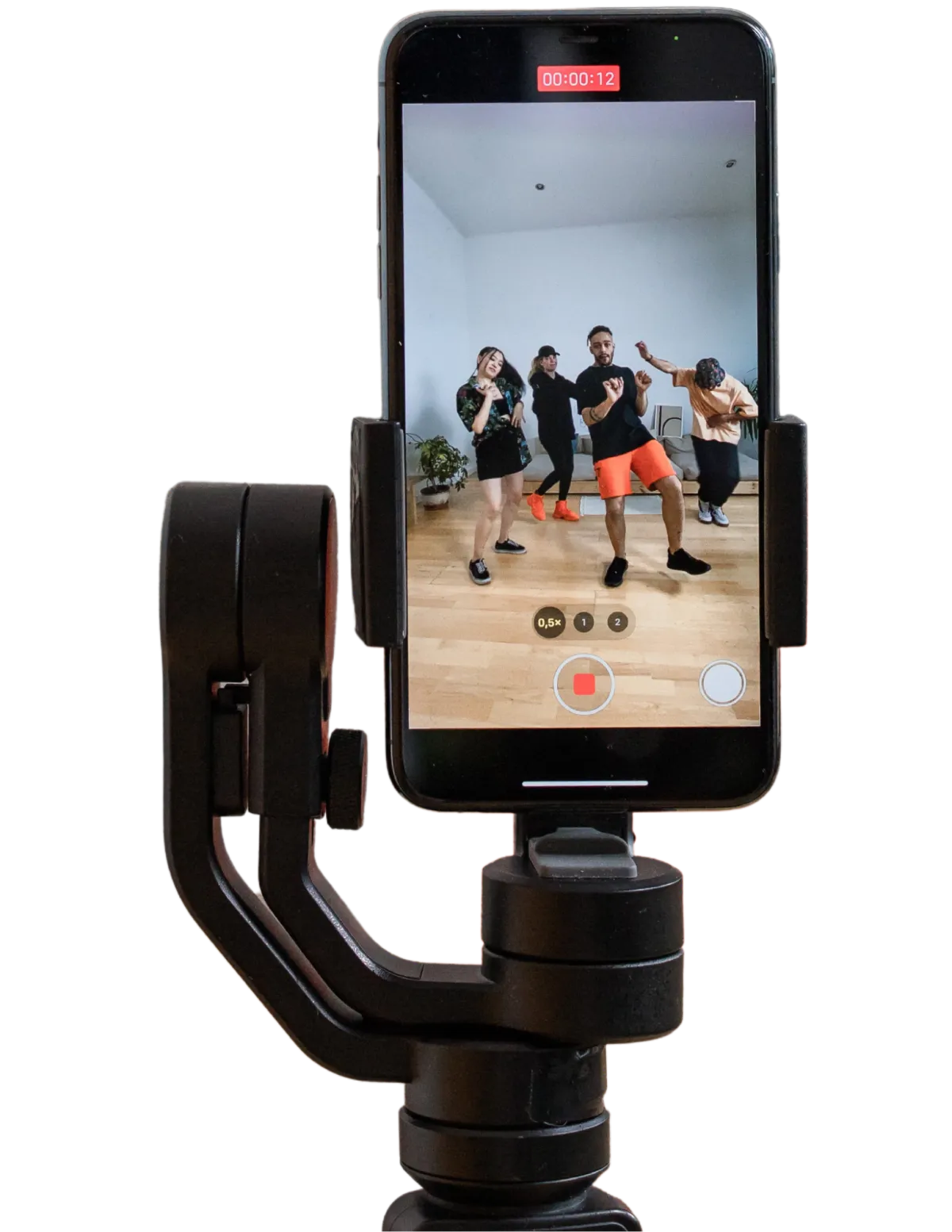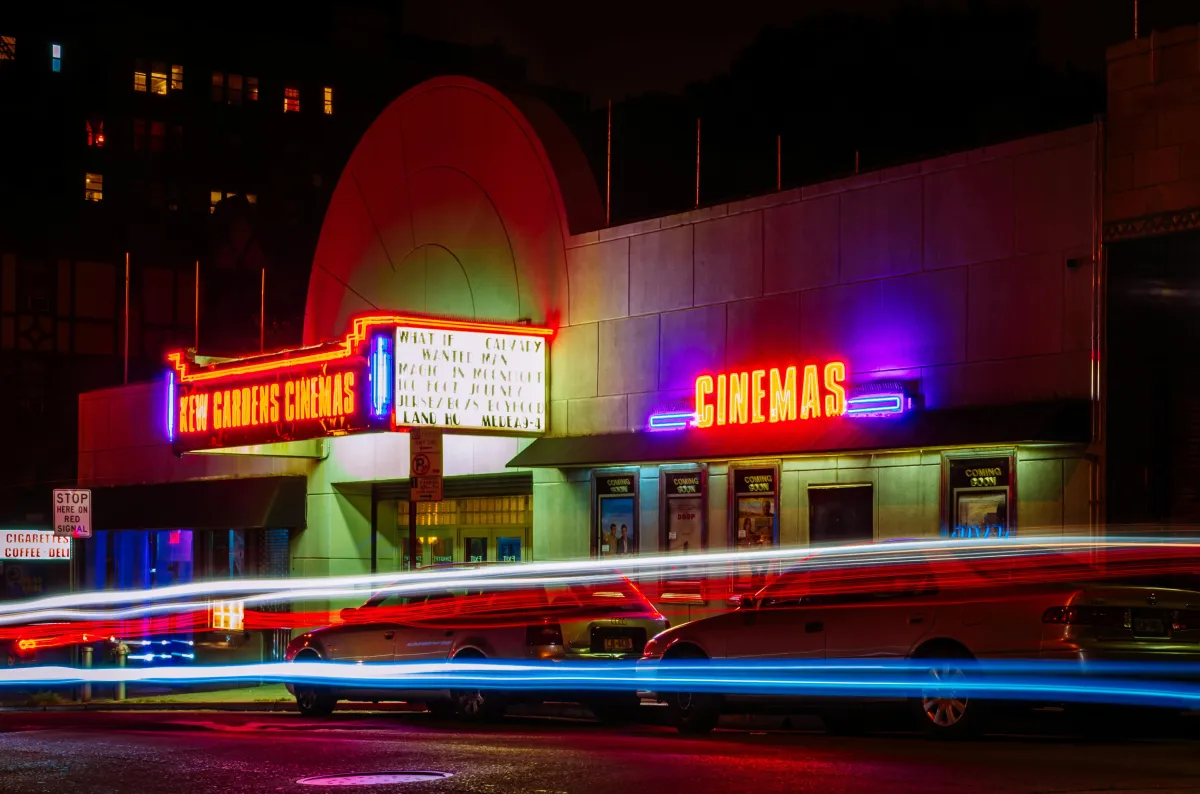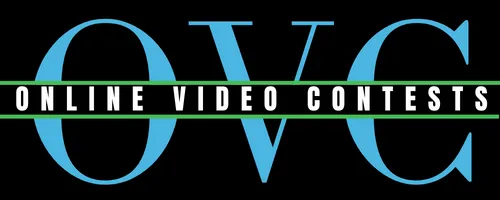Enter contests. Win big!
Your one stop shop for up-to-date online video contests! Enter to win big today!

New Contests Open NOW!
Enter these contests before it's too late!

Exploring the Art of Cinematic Techniques: From Long Takes to Montage
Cinematic techniques are the building blocks of visual storytelling, allowing filmmakers to convey emotion, narrative, and meaning through the language of cinema. From the seamless fluidity of long takes to the rhythmic intensity of montage, each technique offers a unique approach to crafting compelling and immersive cinematic experiences. In this blog post, we'll explore different cinematic techniques and styles, from long takes to montage, and delve into how they shape the storytelling and aesthetic of films.
1. Long Takes: Long takes are extended shots that unfold without any visible cuts or edits, allowing the action to play out in real-time and creating a sense of immersion and continuity. Key characteristics of long takes include:
Fluidity: Long takes often feature smooth camera movements that seamlessly follow characters or action through space, immersing viewers in the scene.
Pacing: The uninterrupted flow of long takes can influence the pacing and rhythm of a film, whether it's building tension in a suspenseful sequence or capturing the beauty of a tranquil moment.
Choreography: Long takes require precise choreography and coordination between actors, camera operators, and other crew members to execute complex movements and blocking seamlessly.
2. Montage: Montage is a technique that involves the rapid editing of multiple shots or sequences to condense time, convey information, or evoke emotion. Key characteristics of montage include:
Associative Editing: Montage often relies on associative editing techniques, where juxtaposing images or sequences create meaning or emotional connections in the viewer's mind.
Rhythm and Tempo: The pacing and rhythm of montage sequences can vary widely, from fast-paced and energetic to slow and contemplative, depending on the desired effect.
Emotional Impact: Montage can evoke powerful emotional responses by compressing time and space to highlight key moments, themes, or character arcs in a film.
3. Visual Storytelling: Visual storytelling is the art of conveying narrative, character, and emotion through imagery, composition, and visual cues. Key elements of visual storytelling include:
Composition: The arrangement of visual elements within the frame can convey meaning, mood, and subtext, whether it's framing characters against a striking backdrop or using symmetry to create balance and harmony.
Symbolism: Visual symbols and motifs can add depth and resonance to a film's narrative, providing layers of meaning and metaphor for audiences to interpret and analyze.
Visual Metaphors: Through visual metaphors and allegories, filmmakers can communicate complex ideas and themes in a subtle and evocative manner, inviting viewers to engage with the film on a deeper level.
Cinematic techniques and styles play a vital role in shaping the visual language and storytelling of films, from the immersive fluidity of long takes to the rhythmic intensity of montage and the evocative power of visual storytelling. By understanding and mastering these techniques, filmmakers can elevate their craft and create compelling cinematic experiences that resonate with audiences on an emotional and intellectual level. So, whether you're a filmmaker exploring new ways to tell stories or a cinephile analyzing the art of cinema, take a closer look at the world of cinematic techniques and discover the endless possibilities of visual storytelling.
One or more of the links above are affiliate links, meaning, at no additional cost to you, we will earn a slight commission if you click through and make a purchase. Each of these products is chosen by a trusted member of our team.
Follow Online Video Contests
Never miss a new contest alert! Follow us on social media to stay up to date on everything OVC.



Copyright 2023 | Online Video Contests
Contact
partnerships@onlinevideocontests.com
